The Hispaniolan Trogon represents Haiti’s natural beauty and biodiversity.
What is the Hispaniolan Trogon?
The Hispaniolan Trogon (Priotelus roseigaster) is a stunning bird native to the island of Hispaniola, shared by Haiti and the Dominican Republic. With its shimmering metallic green feathers, a gray throat and breast, and a vibrant red belly, the Hispaniolan Trogon stands out as one of the most beautiful birds in the Caribbean. It’s one of only two trogon species found in the region, making it a rare and treasured part of Haiti’s wildlife.
These birds thrive in subtropical and tropical moist montane forests, feeding on insects and fruits. However, habitat loss due to deforestation poses a significant threat to their survival. The Hispaniolan Trogon’s status as Haiti’s national bird serves as a reminder of the critical need for conservation efforts to protect both this species and its environment.
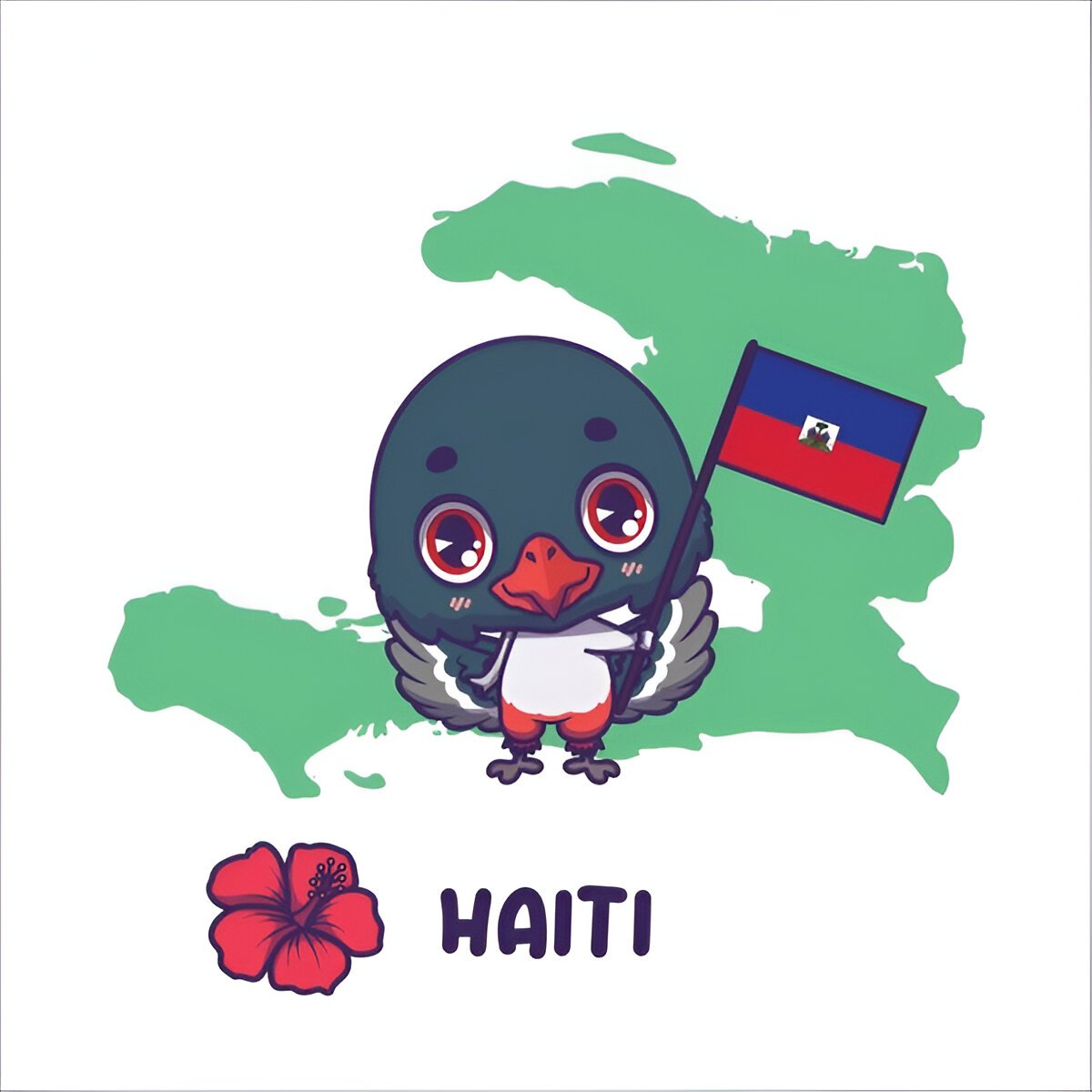
Haiti’s National Bird: A Symbol of Pride and Conservation
Why was the Hispaniolan Trogon chosen as Haiti’s national bird? This distinction goes beyond aesthetics—it represents national pride and highlights the country’s rich ecological heritage. By declaring the trogon as its national bird, Haiti emphasizes the importance of its unique biodiversity and the urgent need to preserve it.
The Hispaniolan Trogon is also a symbol of resilience for Haitians. Despite facing numerous threats like deforestation due to logging and agriculture, the bird continues to thrive in protected areas. Its representation in Haitian art and folklore further elevates its cultural importance, and many artists feature the bird in their work to promote environmental awareness and celebrate its beauty.
Biodiversity in Haiti: The Role of the Hispaniolan Trogon
Haiti is home to a rich variety of plant and animal life, making biodiversity vital to the country’s ecological balance. The Hispaniolan Trogon plays a crucial role in its ecosystem, controlling insect populations while serving as prey for larger predators. This interconnected web of species highlights the importance of every living creature in maintaining a healthy environment.
However, Haiti’s biodiversity is under serious threat. Deforestation, climate change, and habitat destruction have placed immense pressure on species like the Hispaniolan Trogon. Conservation efforts are critical, not only to protect this bird but also to safeguard the delicate balance of ecosystems that benefit both wildlife and humans.
Haiti’s National Animal: The Hispaniolan Solenodon
In addition to the Hispaniolan Trogon, Haiti’s national animal, the Hispaniolan Solenodon, adds another layer to the country’s biodiversity. This nocturnal mammal is as unique as the trogon and also faces challenges from habitat loss. Together, these national symbols illustrate the richness of Haiti’s wildlife and the importance of protecting both fauna and flora for future generations.
Conservation Efforts: Protecting the Hispaniolan Trogon
Recognizing the importance of biodiversity, local and international organizations are stepping up to protect species like the Hispaniolan Trogon. Various NGOs are working to create protected areas and launch reforestation projects to restore the bird’s natural habitat. These efforts help mitigate the impacts of deforestation and provide a safer environment for the trogon to thrive.
Education is another key aspect of conservation. By teaching local communities about the value of their natural resources and the ecological significance of species like the Hispaniolan Trogon, Haitians are more likely to become invested in conservation efforts. A better understanding of these issues can foster greater support for protecting the bird and its habitat.
Hispaniolan Trogon Tattoos: A Symbol of Pride
For those who admire the Hispaniolan Trogon, it has become a popular choice for tattoos that showcase pride in Haitian heritage. The bird’s vibrant colors and graceful form make for a stunning tattoo design, symbolizing the wearer’s connection to nature and commitment to conservation.
Combining the trogon with elements of Haiti’s native flora can create a meaningful piece of art that tells a story of biodiversity and cultural identity. These tattoos not only celebrate the natural beauty of the trogon but also raise awareness about the importance of preserving the environment.
The Future of Haiti’s National Bird
What lies ahead for the Hispaniolan Trogon? Continued efforts to protect and restore its habitat will be essential for the bird’s long-term survival. By supporting local conservation initiatives, educating communities, and encouraging international cooperation, there’s hope for a brighter future for Haiti’s national bird.
As awareness of the bird’s plight spreads through art, education, and advocacy, there’s potential for increased action to protect not only the Hispaniolan Trogon but all of Haiti’s wildlife.
The Hispaniolan Trogon is more than just Haiti’s national bird—it’s a symbol of beauty, resilience, and the country’s rich biodiversity. As we admire this remarkable creature, we must also commit to protecting its future. Whether through conservation efforts, education, or creative expression, every step we take helps ensure that the Hispaniolan Trogon continues to thrive.
By preserving Haiti’s natural heritage, we safeguard a vital part of the nation’s identity, ensuring that future generations can experience the beauty and wonder of its diverse wildlife.


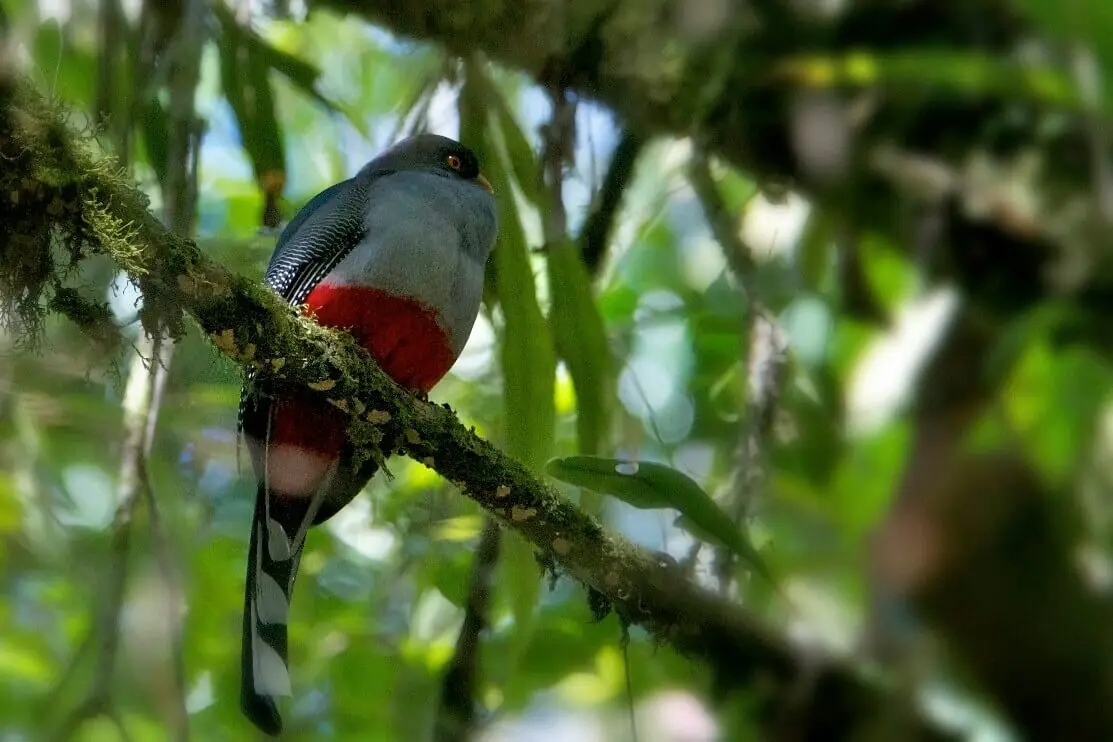



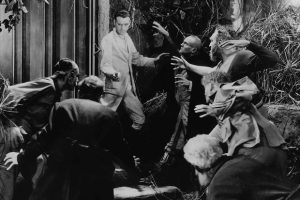

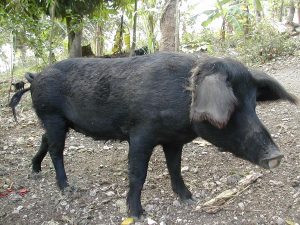


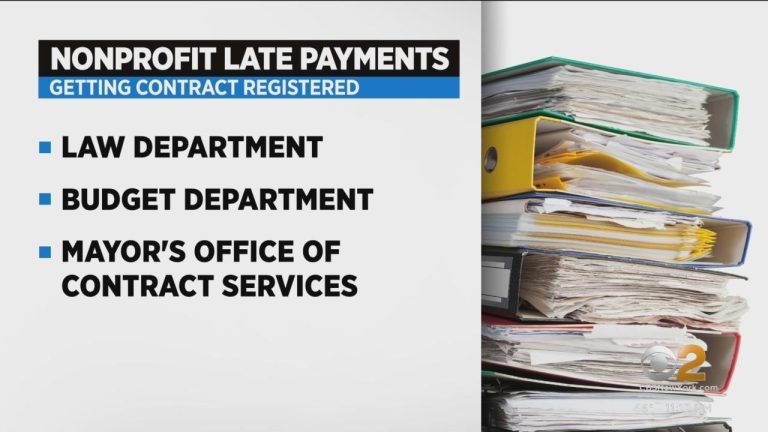
Add a comment